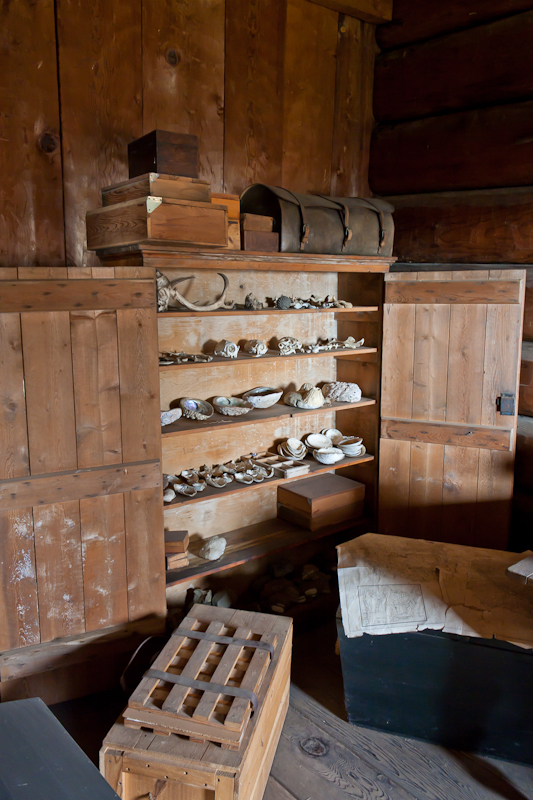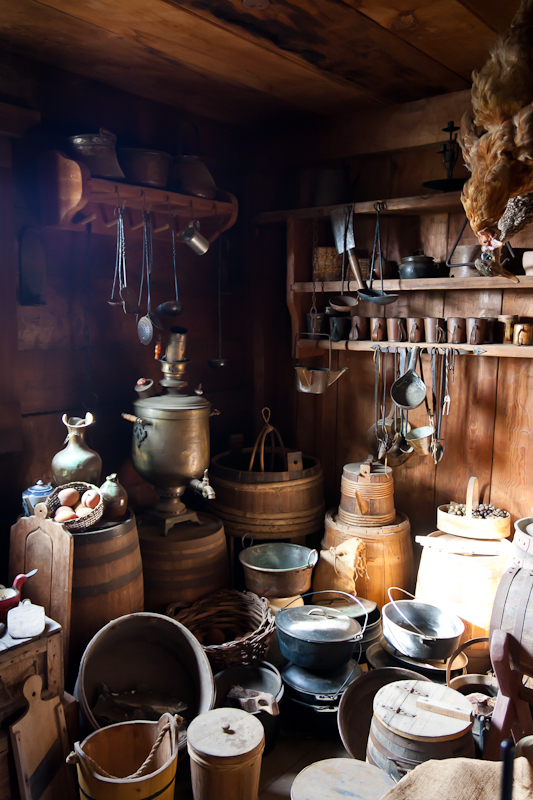Unlike Across California (part one), this post examines a contiguous region of California and scarcely touches upon locations beyond one county, the County of Sonoma. The only two exceptions come from Marin County, which, driving from the East Bay, we naturally had to cross.
Mill Valley
Just across the North Bay lies the Muir Woods National Monument, a serene and majestic forest that harbors thousands of mighty California redwoods.
These are some very tall trees with thick, corrugated barks.
Due to unique coastal microclimate and dense vegetation obstructing sunlight, the overnight chill does not substantially subside until past the morning hours.
Once literally out of the woods, we set course for Point Reyes with the purpose of visiting its famed lighthouse. Before long we realized that the lighthouse was merely a cherry on top of the already unimaginable beauty pervading the cape’s topography.
Point Reyes is a remarkably harmonious mixture of water and land. At times rugged, with imposing, angular crags dominating the coastline, at times drawn out and plump, the terrain is pleasant to the utmost. The unique geometry of the cape, environing as many as three bays (Bolinas, Tomales, and Drakes), is really the extension of the larger Bay Area formation.
The country emanates ample rural magnetism aside from all the natural lures.
Inverness
I doubt the architect, builder, or even underwriter of the Point Reyes Lighthouse aimed to have the structure erected in the most spectacular locale possible, despite the outcome suggesting otherwise. But the fact remains: views like these belong in a painting.

Having backtracked to Point Reyes Station, we rejoined Route 1 in the northbound direction. Past Hamlet, the highway wound inland, eventually twisting back and taking us through Bodega to the shores of the like-named bay. But I must say that, negotiating tortuous seaside passages or plodding through meadow-piercing farm tracks, in this land an inquiring traveler is greeted with unfailing splendor all the same.
Bodega
In Bodega Alfred Hitchcock shot his now-classic The Birds; as admirers of the prominent filmmaker we wanted to visit the site of one of the most dramatic scenes in the movie. I am referring to the schoolhouse, from which a group of children and teachers launched their treacherous escape to safer grounds.
Right next door is Saint Teresa of Avila Church, which zips in the background in the first shots of the running.

Bodega Bay
I’d been to Bodega Bay before on a team outing with my coworkers. As we were mainly stationed in once spot, I did not get to do much exploring and mainly resorted to contemplating the nature through a car window on the way there and back. Still, the area made a very positive impression on me, despite the summer drought that had left most of herbage an unsightly yellow mash.
This time around, we did a little more footwork by hiking a stretch of the Bodega Head Trail.
We hit the road again at dusk. Winding through the serpentine highway in the day’s last shreds of sunlight, we were bound for Fort Ross, the final coastal and northernmost point of our journey.
Fort Ross
We started off the following morning with the tour of the fort itself. If not for aesthetic reasons, Fort Ross should be of interest as an important page in the colonial history of California.
The large fenced enclosure harbors but a few buildings, yet in the aggregate they perfectly depict the lives of the early settlers as inhabitants of both a colonial household and a military outpost. For example, the arsenal contains samples of old munition.
The managers’ houses showcase a variety of personal belongings, utensils, and items of scholarly research.
The chapel’s furnishing is very minimalistic and stern.
We concluded the excursion of the Fort Ross Historic Park with a bit of relaxation on the cliffs of the Pacific, just outside the fort’s gates. We cast a parting glance at the waves crushing over the cove’s reefs and headed east towards Cazadero.

Monte Rio
Cazadero, however, struck as too insipid and dull, so we skipped the town and pressed on to Monte Rio, which appeared more lively and meaningful, but only just.
Occidental
Although there was indeed hardly anything of Orient in Occidental, the same could also be said about things worth seeing. The sight of this random church is the best we could hunt out.
Freestone
Having run nearly the entire course of the Bohemian Highway, we dead-ended in Freestone beside the stockade of the Freestone Farm.
Although by then we had exhausted our itinerary, we were left with some time to spare, and though we initially balked at the thought of dropping into Santa Rosa (due to lack of a prearranged tourist program), eventually we did submit to the impulse.
Santa Rosa
In retrospect, better preparation might have allowed us to learn about notable places in Santa Rosa. But in our state of affairs, there was little to go by.
One fair find was a big indoor thrift store. I reckon that collectors of antiques and trinket-lovers are regulars in this joint.
The main feature of Santa Rosa is, perhaps, its fascination with the work of the famous American cartoonist Charles M. Schulz. The creator of the Peanuts comics spent the most productive part of his life in this city, which the local officials clearly want you to know.
In my opinion, the wittiest display of Schulz’s legacy is the statue of Charles Brown in front of the Charles Schwab office (if that pun was indeed intended).
(To be continued.)









































